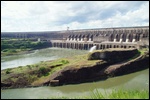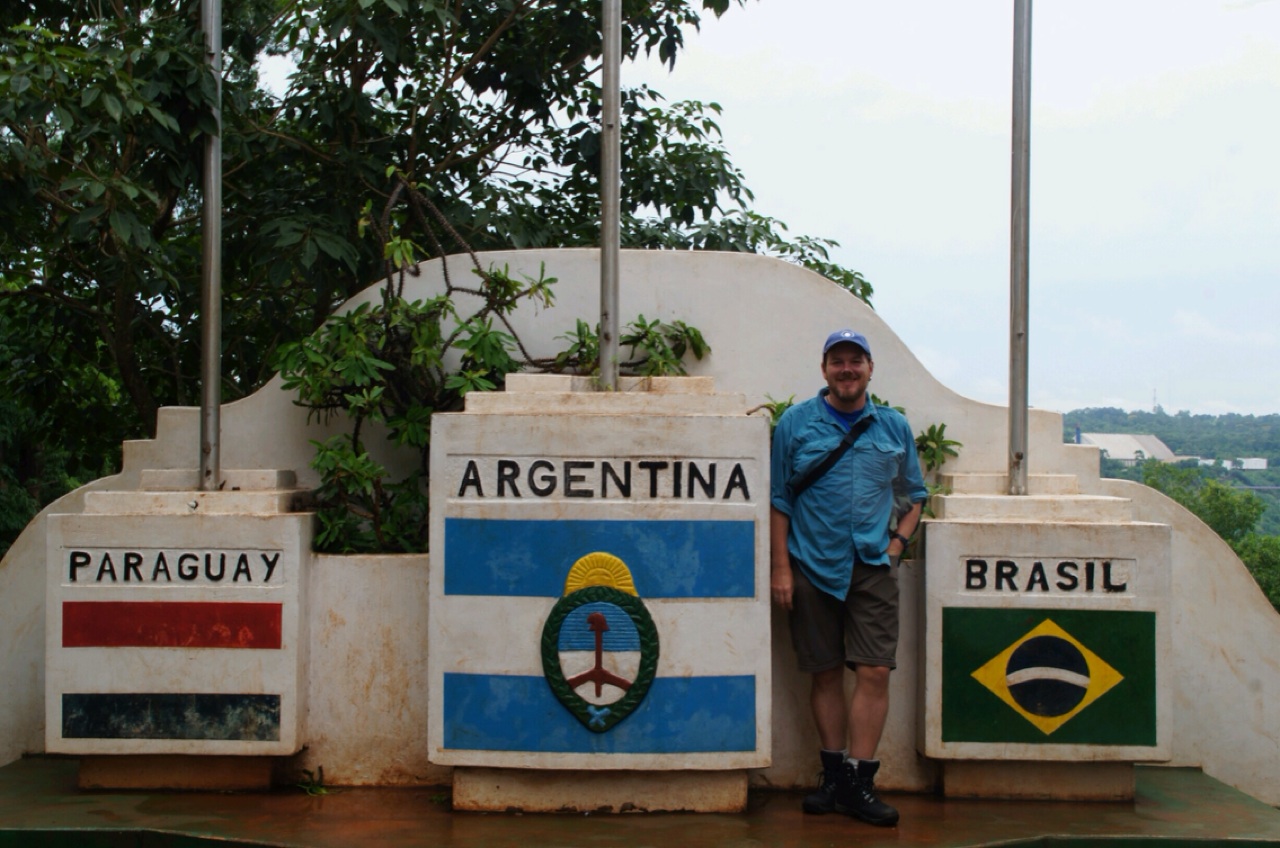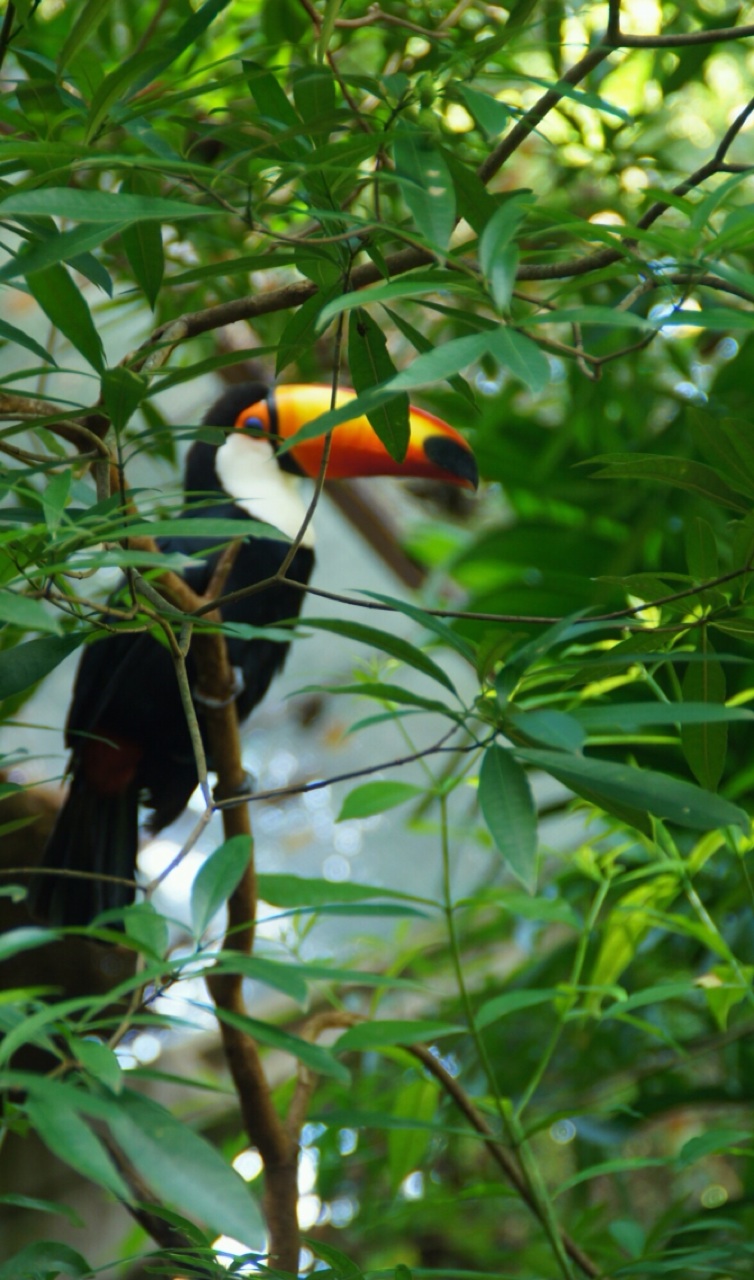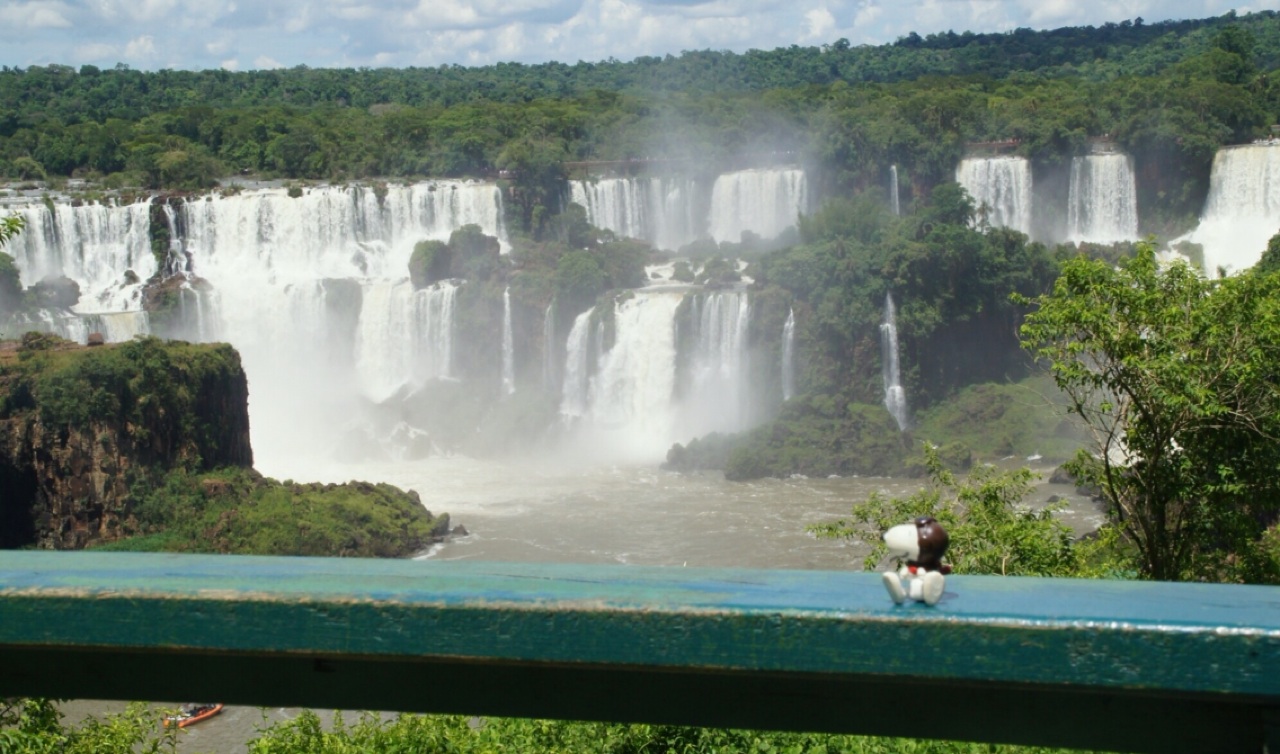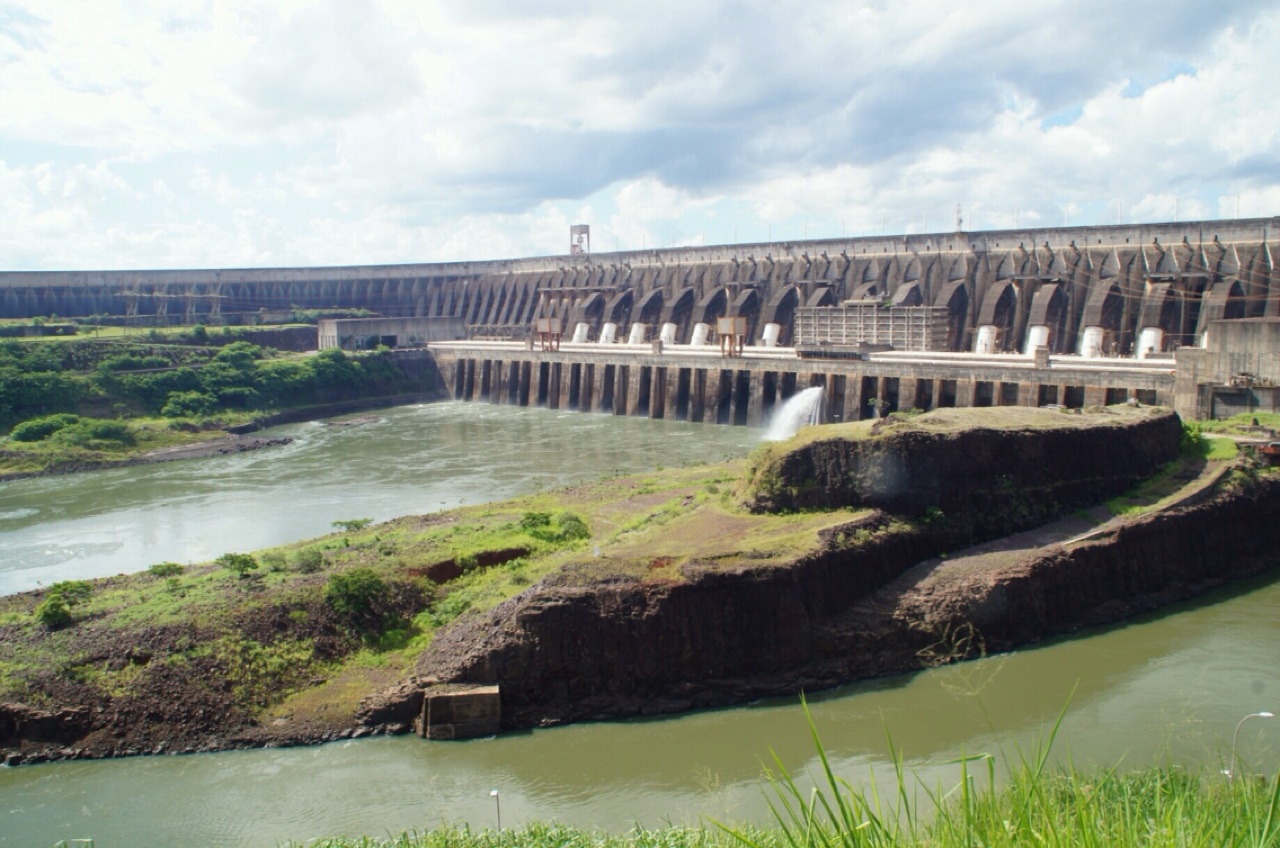Eager to be where the economy is stable and not as eager to leave the place with the best beef in the world, we waved good-bye to BA and headed north towards the Brazilian border. We still had a few more days in Argentina, though.
Stopping at the old jesuit ruins of San Ignacio de Mini, we reached Puerto de Iguazu in time for Murray's birthday. Just. An overland trip is not as it should without at least one truck breakdown. And just after lunch, the breaks' pneumatics stopped functioning, so Zeb got into grease-monkey mode, whereas the rest of us went into social drinking mode. Believe it or no, but spending an entire afternoon in the shade outside an outdoors shop by a service station is more entertaining than one might imagine, and a great way to get to know the new passengers. The delay forced us to bushcamp, though, but since it was by a nearby lake, that wasn't half bad.
At Puerto de Iguazu, two familiar faces reappeared, as the Germans that left in Cordoba had reached the falls the day before. After having visited the three country corner where the borders of Argentina, Brazil and Paraguay cross, we had a birthday dinner, as well as a last-beef-in-Argentina meal. As chance would have it, Wayne, one of our new passengers, was also a birthday boy, so much happy birthday was sung.
Alongside Victoria, Niagara and Angel, Iguazu counts as the top four of the world's waterfalls. Where Victoria is tall and reasonably wide, Niagara is a huge wall of water and Angel is as tall as tall can be, Iguazu is a collection of many falls, some of which are wide, some of which are narrow, some of which stair their way from above to below via a series of pools, and all of which are wet. After a guided drive through the jungle, we put our dearest belongings in dry-bags and took off on a speedboat through the rapids and to the bottom of the biggest falls. The cascade of vapour Victoria splashes up is impressive and can be seen from a great distance, but the Iguazu steamcloud is not far behind, and equally wet. Splish-sploshing in my wet clothes, I explored the rest of the many falls for the obligatory photos and posing, set off to send some postcards and got ready to cross the border.
Border crossings can be all sorts of pain in all sorts of arses. The crossing between Argentina and Brazil was smooth as. We didn't even have to carry our bags through customs, and the only paperwork needed was to fill in the usual details (name, nationality, purpose of trip and so on), and off to the land of the samba we went.
The campsite had a bar, working wi-fi, nice amenities, kitchen area, hammocks, a ping-pong table and, most importantly, a pool. The day had been hot and humid, and a swim in the pool and a nice cold poolside beer helped out a lot. Before late, though, it was time for bed, as the Iguacu falls beckoned for the next day.
Before going to the falls on the Brazilian side, a nearby bird park was visited, with many a colourful parrot. There was a touristy opportunity to have a parrot sit on your hand while having a photo taken. I opted out on that, though, because, you know, touristy. Also, I fear that were I ever to hold a parrot (especially a Norwegian Blue) I would get the urge to scream in its ear, banging it against a desk, tossing it into the air and declare it an ex-parrot.
On the Brazzie side of the falls, the distance from viewpoint to water is usually greater than in Argentina. That makes for better viewing as a whole, and less splashyness. The closest fall though, Devil's Throat, is close enough that there is a footbridge for those who feel the need to get wet.
Foz de Iguacu, the actual town in proximity of the falls, hosts more tourist attractions, including the massive hydroelectrical powerplant and dam of Itaipu (meaning 'singing stone'). Getting there via the local bus network is easy and cheap enough, but once there, it gets a little touristy. Neither the dam, nor its upstreams lake, Lago Itaipu, can be seen from where the bus stops, and guided tours are required. I swallowed my touristic-loathing pride and went on with it, because, you know, it's a dam! And dams are damn cool, especially for any civil engineer.
One of the largest, if not the largest, hydroplants in the world, Itaipu is a joint venture between Brazil and Paraguay. It produces 75% of Paraguay's energy needs, and 17% of Brazil's. About 7.7 kilometres across, 275 metres thick at its base and a height of 200 metres, the construction is huge. The amount of concrete used would fill the Maracana Stadium 27 times over. 60.000 cubic metres flows through every second, and the plant produces 250 GWh per day. That's a lot.
To summarize: I saw a lot of water, either freefalling off cliffs or being stopped from doing so. Also birds and a border.
Fun factoid: It is well-known, to those who know it well, that the main cause of death for Norwegian Blues is pining for the fiords. Though eager to sustain a likeness to their original environment in all their aviries, the Parc des Aves were unaware of that, and so its small population of Blues is now an ex-population.
.





